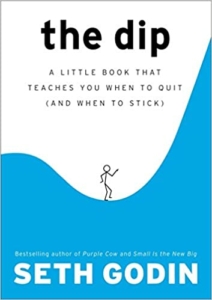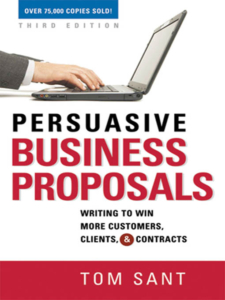Knowing What They Want Lets You Give it to Them in Your Blog
Persuasive presentations move smoothly through four stages, called the AIDA pattern: (A= attention, I= interest, D=desire, and A=action), explains Kenneth R. Mayer in his book Well Spoken.
Calls to Action in persuasive blog posts, as we know at Say It For You, can succeed only if the content writer has tapped into an underlying need or “desire” on the part of the reader. Mayer provides an extensive list of possible “wants”, or persuasive appeals, as he calls them, that might help presenters help listeners be willing to move forward and take the desired action: .
- appreciation/approval by others
- beauty/attractiveness
- cleanliness/comfort
- convenience
- health
- good reputation
- peace of mind
- protection/safety
- savings
“The call to action is where your blog makes money,” asserts crazyegg.com. “All your idea generation, research, writing, editing, posting — it all boils down to a call to action — a CTA.” Blog CTAs are different, the author concedes, but they are still important, and the best ones are unobtrusive, although noticeable.
Neil Patel cites Modernweb, who realized unusual success in their blog because:…”They identified their audience, understood what they were struggling with, then presented them with content that explained how similar individuals handled the same problem.” But in order to understand which of those “persuasive appeals” is most likely to appeal, you have to know your target audience.
No blog – and certainly no blog post – can be all things to all people. Each post must be targeted towards the specific type of customers you want and who are most likely to want to do business with you. That way, the appeals, as well as the way they are presented, can be chosen specifically for that customer – the words you use, how technical you get, how sophisticated your approach, even the title of each blog entry.
Knowing what they want lets you give it to them in your blog.






Follow us online!